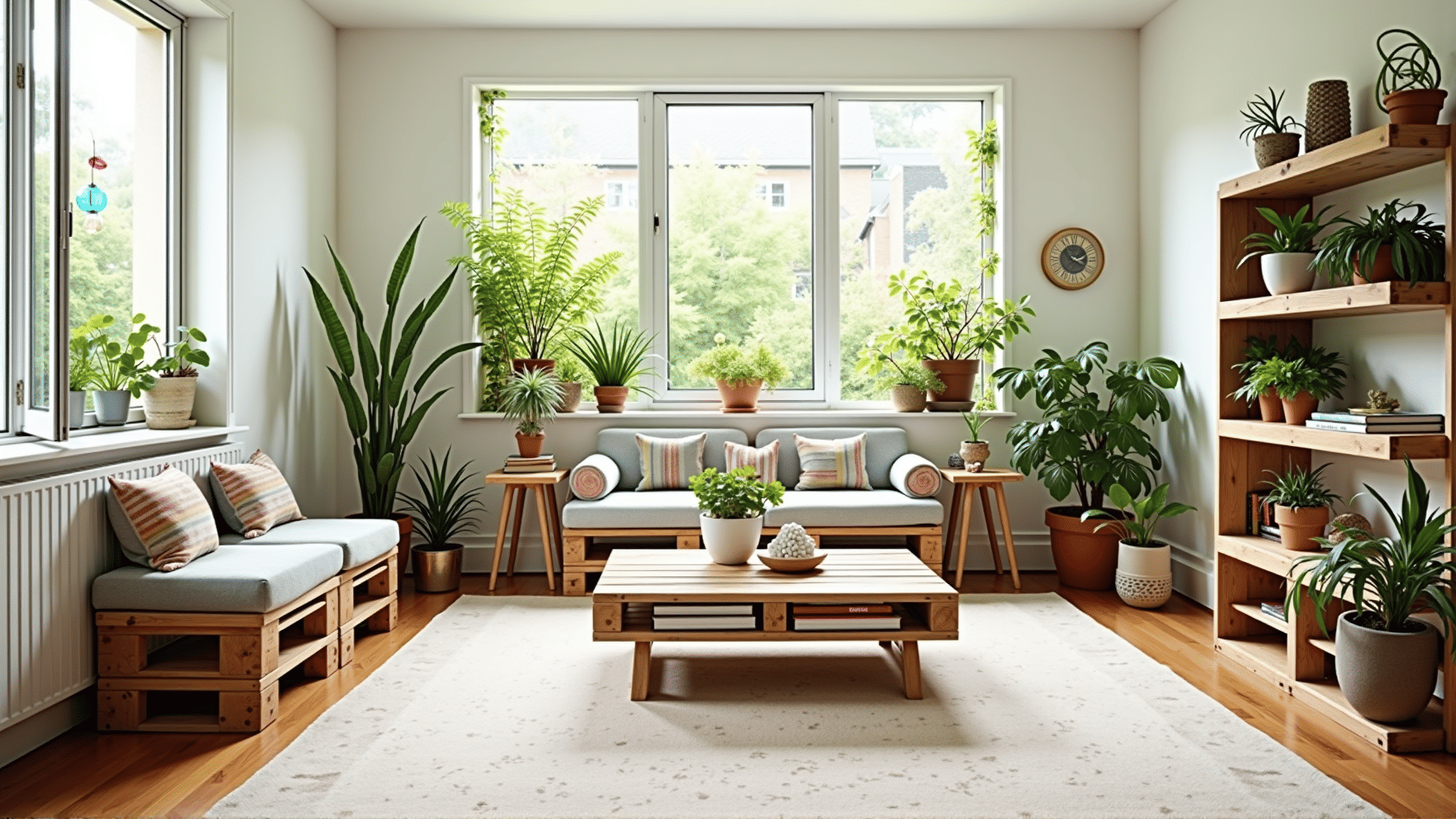In a world where climate change and environmental degradation are pressing concerns, adopting a sustainable lifestyle has become more important than ever. One impactful area where individuals can make eco-friendly choices is in home decor. By consciously selecting materials, products, and practices that prioritize the environment, you can transform your living space into a sanctuary that reflects both style and sustainability.
Start with Sustainable Materials
One of the first steps toward eco-friendly home decor is opting for sustainable materials. Look for furniture made from reclaimed wood, bamboo, or recycled metal. These materials are not only durable but also have a lower environmental impact in terms of production and disposal. Additionally, consider textiles made from organic cotton, hemp, or linen, all of which are grown without harmful pesticides and require less water.
Embrace Vintage and Secondhand Finds
Thrifting and antiquing are excellent ways to decorate sustainably. By purchasing secondhand items, you are giving new life to objects that might otherwise end up in a landfill, and reducing the demand for new production. Vintage furniture and decor can add unique character to your home while being more environmentally friendly. Plus, the history and charm of older items often surpass that of mass-produced goods.
Opt for Eco-Friendly Paints and Finishes
When choosing paints for your walls or finishes for your furniture, select options with low or zero volatile organic compounds (VOCs). VOCs are harmful chemicals that off-gas from many conventional paints, contributing to indoor air pollution and potentially impacting your health. Eco-friendly paints are now widely available in a spectrum of colors and finishes, allowing you to maintain style without compromising air quality.
Focus on Energy Efficiency
Incorporating energy-efficient solutions is a vital component of sustainable living. Update lighting to LED bulbs which consume significantly less electricity and have a longer lifespan compared to traditional incandescent bulbs. Consider investing in smart home technologies like programmable thermostats or light automation systems to reduce energy waste. Using natural light strategically by arranging furniture near windows or employing sheer curtains can also help minimize electricity use during the day.
Prioritize Multi-Functional and Durable Pieces
Consider furniture pieces that are multi-functional, minimizing the need for additional items and thus reducing resource use. For example, a bed with built-in storage or a dining table that doubles as a workspace not only saves space but also lessens environmental impact. Additionally, investing in high-quality, durable items ensures they will last longer, reducing the cycle of disposal and replacement.
Incorporate Plants and Natural Elements
Bringing elements of nature into your home can promote both well-being and sustainability. Indoor plants improve air quality and add a calming, natural touch to your decor. Choose easy-to-care-for varieties that suit your light conditions and busy lifestyle. Incorporating natural elements such as stones, shells, or driftwood aesthetically connects your home to the outdoors and encourages sustainable thinking.
Support Local Artisans and Manufacturers
Choosing to purchase from local artisans or manufacturers supports the economy within your community and reduces the carbon footprint of transporting goods over long distances. Locally made decor often reflects the cultural heritage and craftsmanship unique to your area, providing your home with an authentic and personalized style.
By making conscious decisions in home decor with the planet in mind, you not only enhance the aesthetic of your living space but also contribute positively to the environment. The journey towards a sustainable lifestyle is personal and ongoing, and every small step counts toward protecting our planet for future generations.
